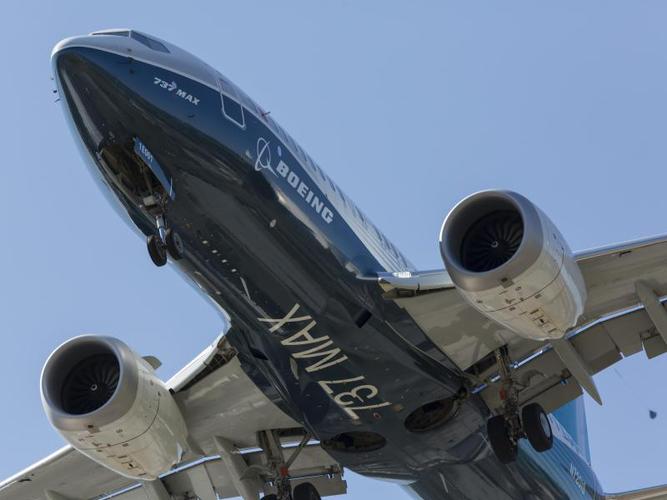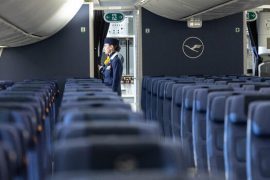Cologne (DPA) – Boeing’s 737 MAX Crisis Jet should be allowed to take off again shortly after being banned from flying in Europe for nearly two years.
The approval is expected again next week, said the head of the European aviation authority EASA, Patrick Q, in an online program at the German Aviation Press Club. According to the authority, the improvement in the type of aircraft meets the requirements for flight safety.
The 737 Max is already re-registered in the USA and Brazil, Boeing’s home country. In Canada, the ban for aircraft types will be lifted on Wednesday, as the local aviation authority Transport Canada announced on Monday. The airline Air Canada then announced that it would use the aircraft again from February 1.
Until the restart of the 737 MAX in Europe, pilot training courses are still run. EASA boss Q said that the special type of Max 200 offered by budget airline Ryanair would also be approved in the coming weeks and be ready for summer.
In March 2019, the Boeing 737 Max was thrown out of service after two accidents with a total of 346 dead. The main cause of accidents was believed to be a faulty control program. Boeing really wanted to fix the problems after the first accident. But further shortcomings were repeated, eventually taking about 20 months until the US aviation authority FAA lifted a flight ban for the USA in mid-November.
According to Qi, EASA has also conducted its own tests that it had originally given up on the US FAA when approved. There was complete transparency after the accidents from the FAA and manufacturer Boeing, Ky said.
According to him, the European Authority has tested the jet without the controversial MCAS software. He said that the 737 Max is “an aircraft that can be safely flown even without MCAS.”
In the case of two accidents, a sensor supplied the software with inaccurate data about flight conditions and the adjacent stall. They then pushed the nose of the aircraft down until they hit the ground. In the future, the software will be based on the data of two sensors. In addition, the pilots would be trained to detect inaccurate data from such sensors, he said.
EASA also requested the installation of a third sensor. It is believed to be a so-called synthetic sensor that is yet to be developed. In the longer version of the jet, the 737 Max 10, which is not yet approved, should be mandatory from the beginning. The remaining variants will be removed later.
© dpa-infocom, dpa: 210119-99-82981 / 4

Reader. Organizer. General creator. Zombie fanatic. Alcohol advocate. Food junkie. Bacon ninja.





